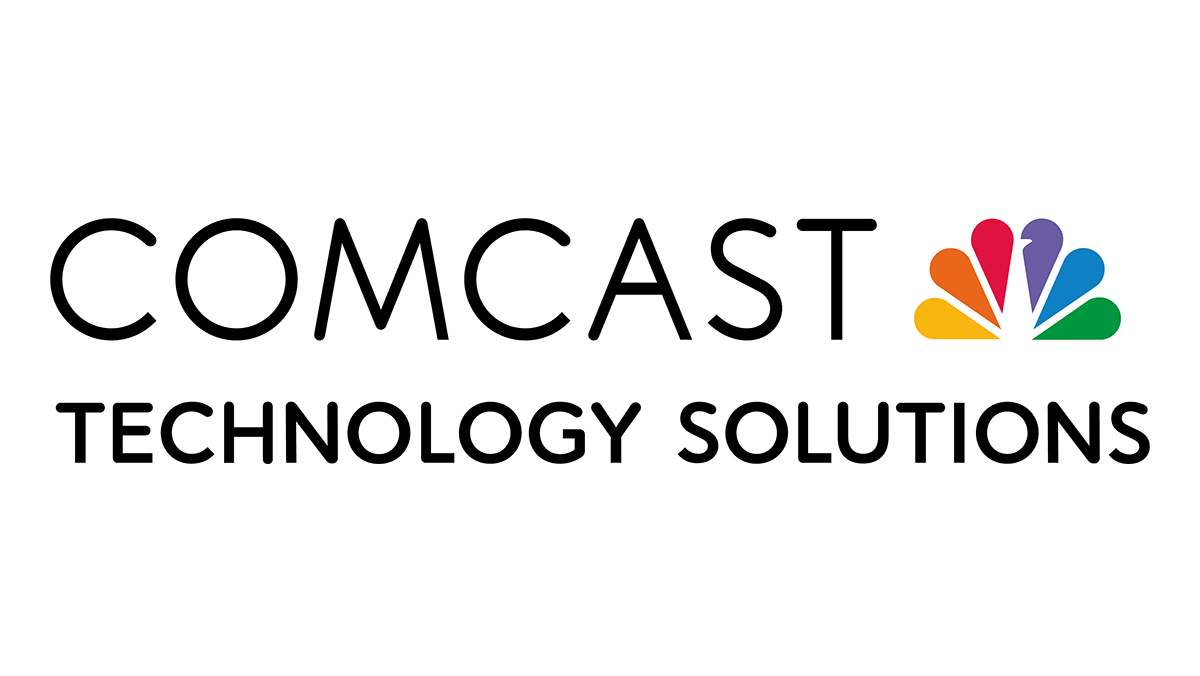Implementing AI in Media Workflows
AI offers media companies unprecedented opportunities to enhance operational efficiency

The media industry stands on the precipice of a technological revolution. Over the past year, we’ve seen how Artificial Intelligence (AI) has gone beyond the hype to become a transformative force, reshaping the creation, distribution, and consumption of content.
For media companies, the need to integrate AI into their systems is no longer a choice but a necessity. Below, I outline my top five reasons why this integration needs to begin today.
Practical Strategies for Media Efficiency
AI offers media companies unprecedented opportunities to enhance operational efficiency. From automating repetitive tasks, such as content tagging and video clipping, to streamlining the production of personalized or localized content, the potential for increasing output with fewer resources is immense.
Looking ahead, AI could contribute a $15.7 trillion boost to the global economy, according to PwC, with media and entertainment seeing major cost reductions. Similarly, McKinsey predicts AI could automate 60-70% of tasks, impacting the media industry significantly.
By standardizing metadata tagging with AI-driven computer vision, film and TV studios can implement unified arrangements when onboarding assets from third-party production companies. This vastly improves media searchability, saving marketers time and money while increasing the quality and creativity of their promotional material.
Emotion significantly impacts humans’ ability to retain information. By applying sentiment analysis to ad-supported content, AI introduces a new dimension for targeting. This additional telemetry enhances brand safety for advertisers and drives higher CPMs for publishers.
However, it is by no means a straightforward process. To fully leverage this potential, companies need to commit to a multifaceted approach, including process redesign, employee education, and consistent iterative improvement. These efforts require time and energy. By integrating AI in a scalable way now, even in narrow use cases, companies will be able to get ahead and gain valuable insights. Early adopters will gain a competitive advantage in operational efficiency as AI tools become increasingly advanced.
Keeping Up with a Rapidly Evolving Landscape
The media landscape is evolving at a breakneck pace, driven by technological advancements and changing consumer behaviors. AI is at the forefront of this evolution, with capabilities ranging from content personalization to real-time analytics. Companies that delay adopting AI risk being left behind as competitors leverage these tools to deliver more engaging and personalized experiences to their audiences at a faster speed.
In 2024, there were over 3,000 operational AI startups, each attracting significant venture capital funding. Understanding the myriad of products, their benefits, and capabilities is a daunting task. The rapid pace of AI development means that the longer companies wait, the more they will need to catch up. As AI algorithms evolve, the gap between early adopters and stragglers will widen, making it increasingly difficult to compete. Starting today allows media companies to stay ahead of AI advancements and remain relevant in an ever-changing industry.
Cultivating an AI-Ready Media Workforce
One of the biggest challenges media companies face when integrating AI is the human element. Employees need to become familiar with AI tools and understand how to leverage them effectively. This shift in mindset and skillset doesn’t happen overnight. It requires time, training, and a cultural shift within the organization.
The Enabled ICT Workforce Consortium predicts that more than 90% of ICT jobs will undergo high or moderate transformation by AI. This shift will require reshaping the workforce to incorporate AI, emphasizing the need for immediate action in upskilling employees. By starting the integration process now, companies can gradually improve their workforce, aligning employee expectations with AI’s new capabilities.
This proactive approach will reduce resistance to change and ensure a smoother transition as AI becomes more deeply embedded in daily operations. Additionally, involving staff early on in the AI integration process can foster innovation and encourage the development of new ideas on how AI can enhance media products and services.
The Necessity of Deep AI Integration for Media
The AI market is already flooded with a wide array of tools, each promising to solve different problems or enhance specific aspects of media production and distribution. However, this abundance of tools can also lead to fragmentation, inconsistency, and the use of unsanctioned, private tools by employees, which can pose security risks.
Deeply integrating AI into existing IT infrastructure is crucial for fully realizing AI’s benefits and overcoming the significant challenges associated with scaling AI beyond pilot projects. Without deep integration, organizations may struggle with complexities that prevent widespread AI adoption. BCG reports that only 11% of businesses have successfully integrated AI into multiple areas of their operations.
Deep integration also ensures that AI systems are designed with regulatory and security requirements in mind from the beginning, reducing risks and enhancing compliance through robust monitoring and control mechanisms. This comprehensive approach is essential for managing the complexities of AI deployment and ensuring long-term success.
Building a Future-Proof Strategy to Stay Ahead of the Curve
Finally, integrating AI today is not just about meeting current needs, it’s about future-proofing the business. As AI continues to evolve, the media industry will see the emergence of new use cases, from AI-generated content to advanced predictive analytics that can shape editorial strategies. Companies that have already embedded AI into their core systems will be better positioned to experiment with and adopt these emerging technologies.
For example, in the US, more than 20% of people speak a different language at home other than English (US Census). While catering to diverse, less common languages presents an economic challenge for today’s media companies, AI is changing the landscape.
Media outlets can now use AI in certain cases to generate localized content for these populations at a fraction of traditional costs, effectively reaching an additional 70 million people in the US. Companies that adopt this technology early will gain a significant advantage by having the ability to instantly utilize this technology across their entire content portfolio.
A future-proof AI strategy involves continuous learning and adaptation. Media companies must remain agile, regularly reassessing their AI tools and strategies to ensure they leverage the latest advancements and meet the evolving needs of their audience. This ongoing process will help media companies stay ahead of the curve and maintain their competitive advantage in an increasingly AI-driven world.
AI’s Essential Role in Future Success
The integration of AI is not just a technological upgrade for media companies, it’s a strategic imperative. Considering the opportunities for cost savings, the demands of a rapidly evolving landscape, the importance of a prepared workforce, and the abundance of AI tools available today all point to one clear conclusion: the time to deeply embed AI into media systems is now. By acting today, media companies can position themselves for long-term success in a future where AI will play a central role in every aspect of the industry.
By embedding AI deeply into their operations, media companies not only optimize current processes but also lay the foundation for future innovations. The sooner they start, the greater their chances of thriving in the AI-driven future of media.
Get the TV Tech Newsletter
The professional video industry's #1 source for news, trends and product and tech information. Sign up below.
Scott Goldman is the General Manager of qibb, where he is responsible for leveraging qibb’s success in Europe and aligning the platform with the unique needs of the U.S. market. With a track record of collaboration with industry leaders such as ESPN, Discovery, ABC, and FOX, Scott applies his deep understanding of media technology to drive go-to-market strategies, forge strategic partnerships, accelerate business growth, and lead team expansion efforts.
Before joining qibb, Scott managed product development for Verizon’s Uplynk Streaming Platform, which pioneered the transition to IP-delivered television and supported high-profile live events, including the NBA Finals, Super Bowl, and Oscars. At Disney, he played a pivotal role in managing live stream integration for Watch ABC, the first live local OTT app for network television.
Originally from New York, Scott began his career in television production management, working with networks such as MTV and MSG before moving to Los Angeles to earn his MBA and advance his career in media technology.

